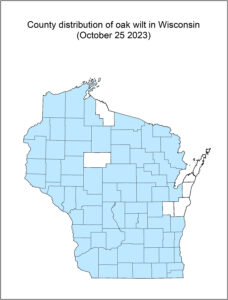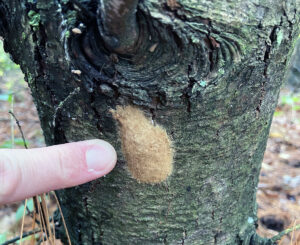
A finger points to a tan-colored spongy moth egg mass on a tree. / Photo Credit: Bill McNee, Wisconsin DNR
By Bill McNee, DNR Forest Health Specialist, Oshkosh;
Bill.McNee@wisconsin.gov or 920-360-0942
If the 2024 spring and summer weather conditions are favorable for the spongy moth (Lymantria dispar) population, the current outbreak will continue and spread to other parts of Wisconsin. Property owners are encouraged to examine susceptible host trees (including oak, birch, crabapple, aspen and willow) and make plans to manage them.
In summer 2023, Wisconsin saw a record amount of defoliation. State agencies received many calls from property owners urgently seeking a tree care business to control a large caterpillar infestation.
Continue reading “Make Your 2024 Spongy Moth Treatment Plans Early”

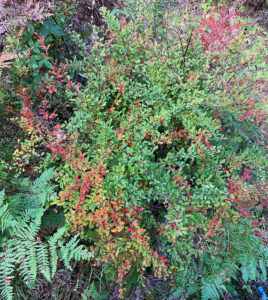
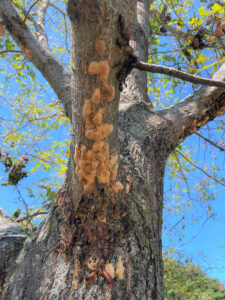
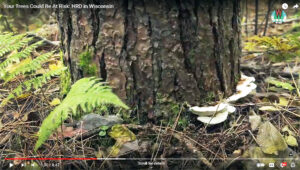
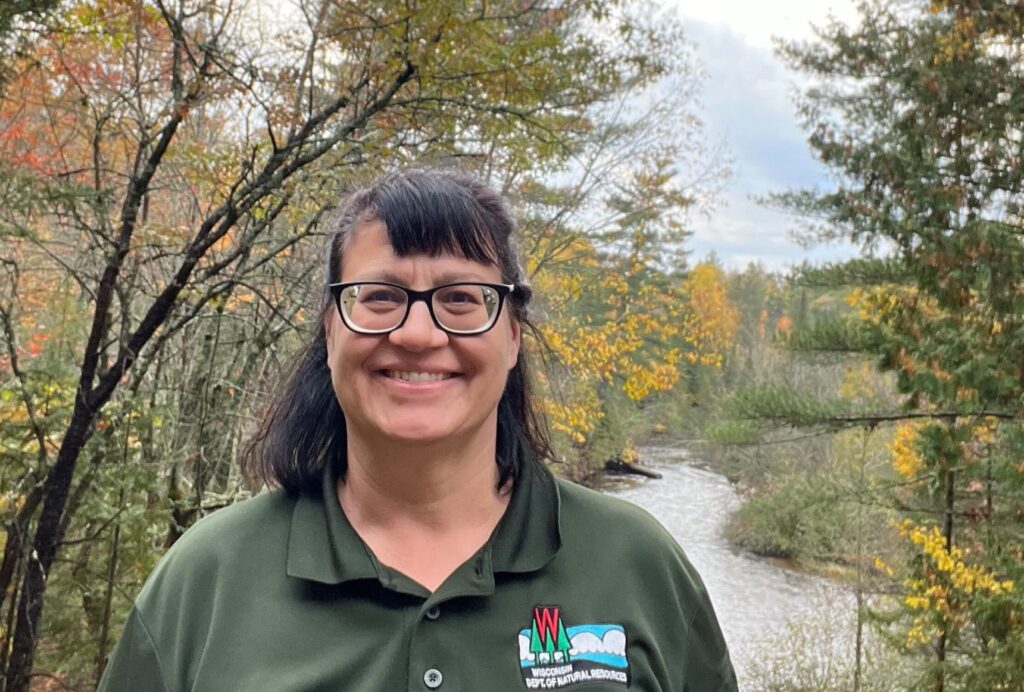 DNR Urban Forestry welcomes Jenn Janness to the team. She will be focusing on urban forestry outreach and supporting the
DNR Urban Forestry welcomes Jenn Janness to the team. She will be focusing on urban forestry outreach and supporting the 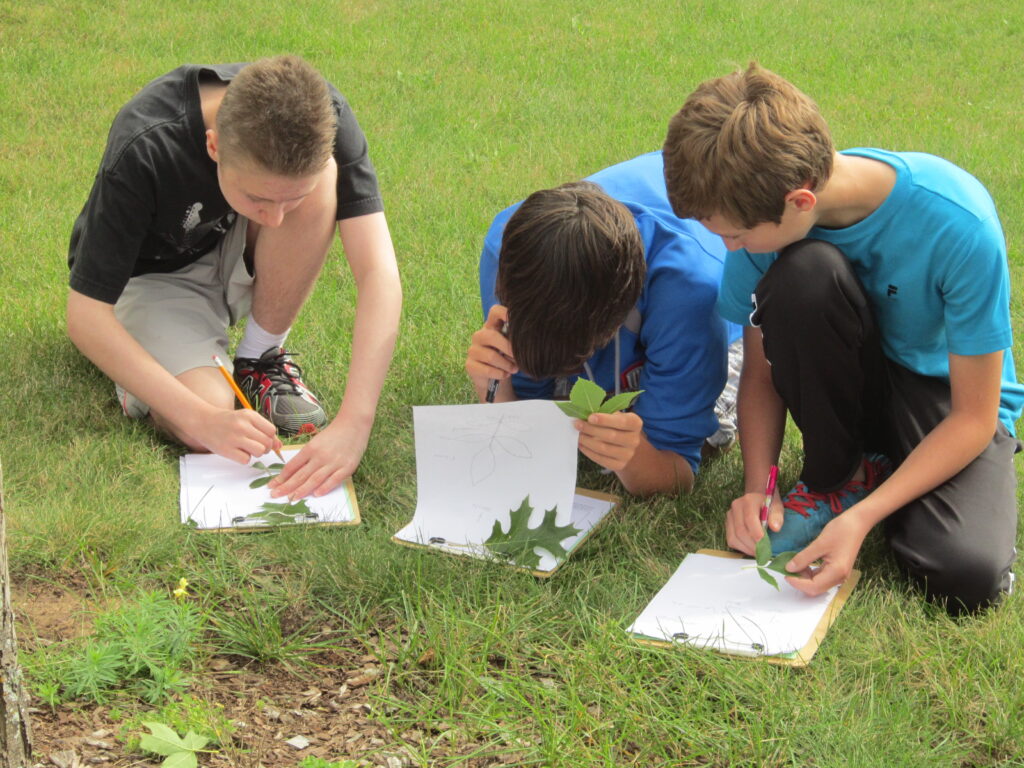
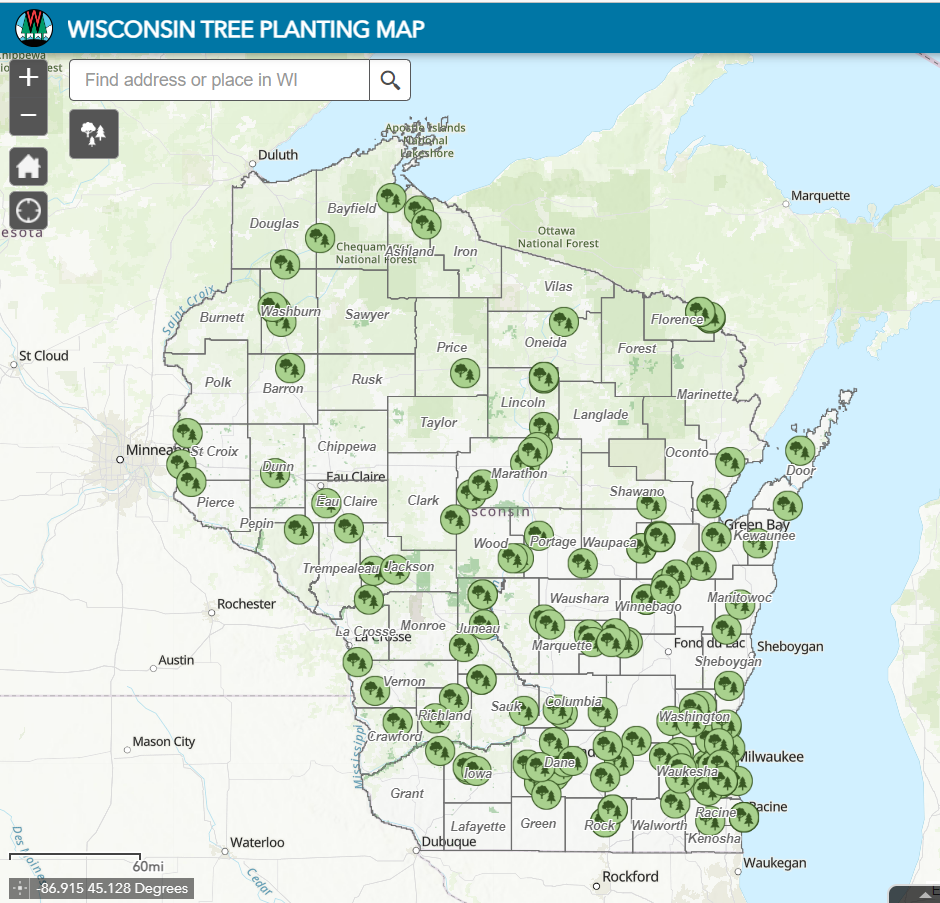 Autumn is a great time to plant trees. After the trees go in the ground, please take a few minutes to document the effort in the
Autumn is a great time to plant trees. After the trees go in the ground, please take a few minutes to document the effort in the 